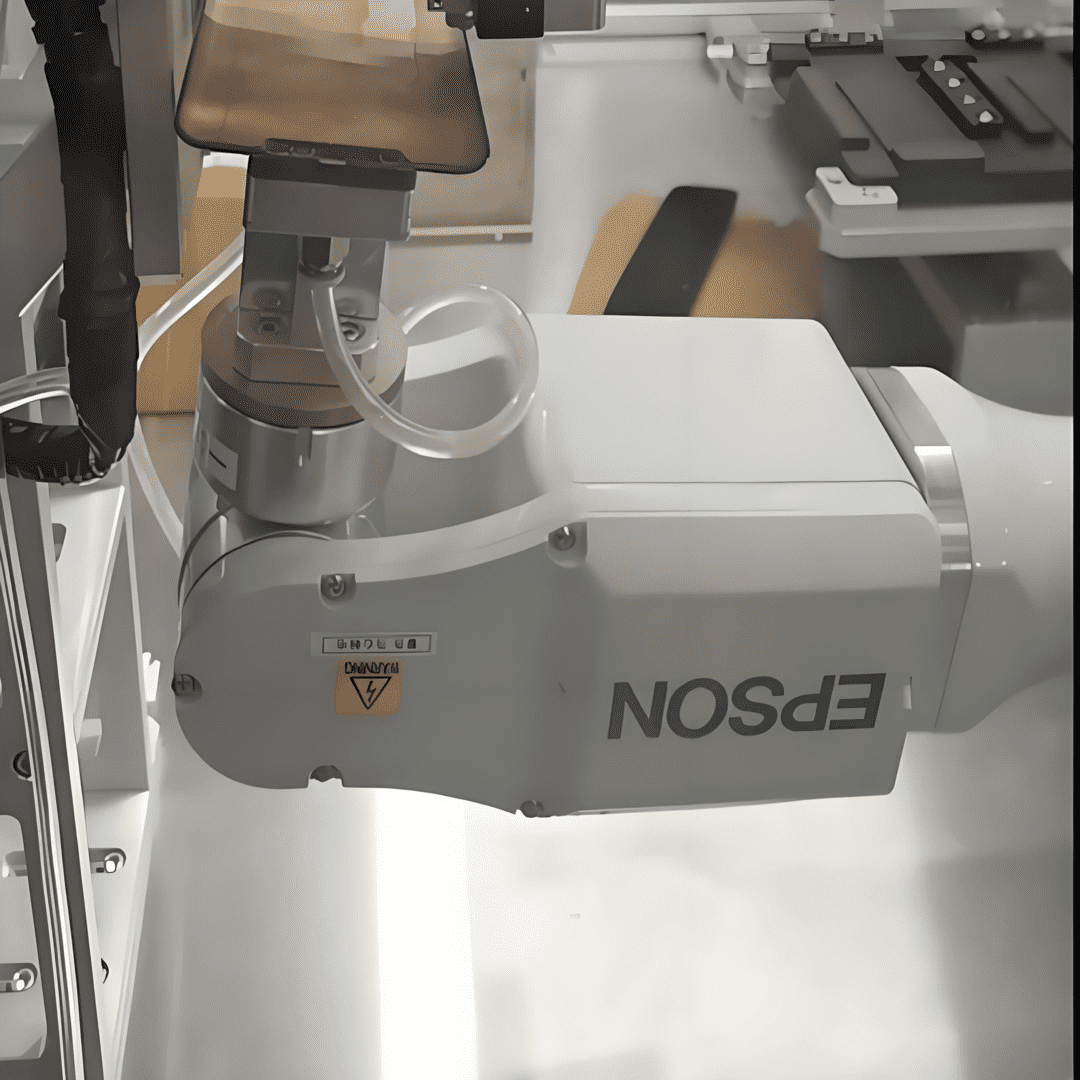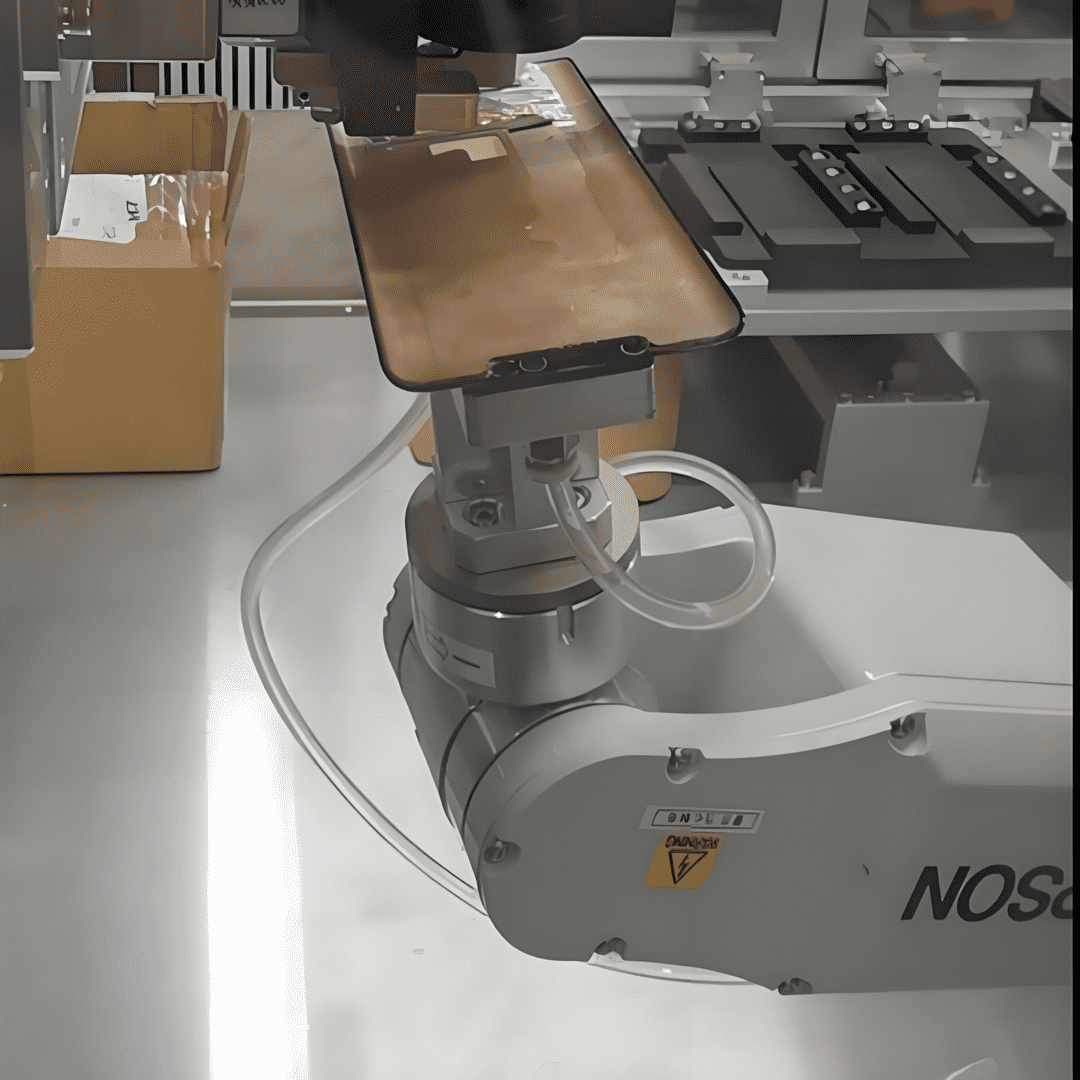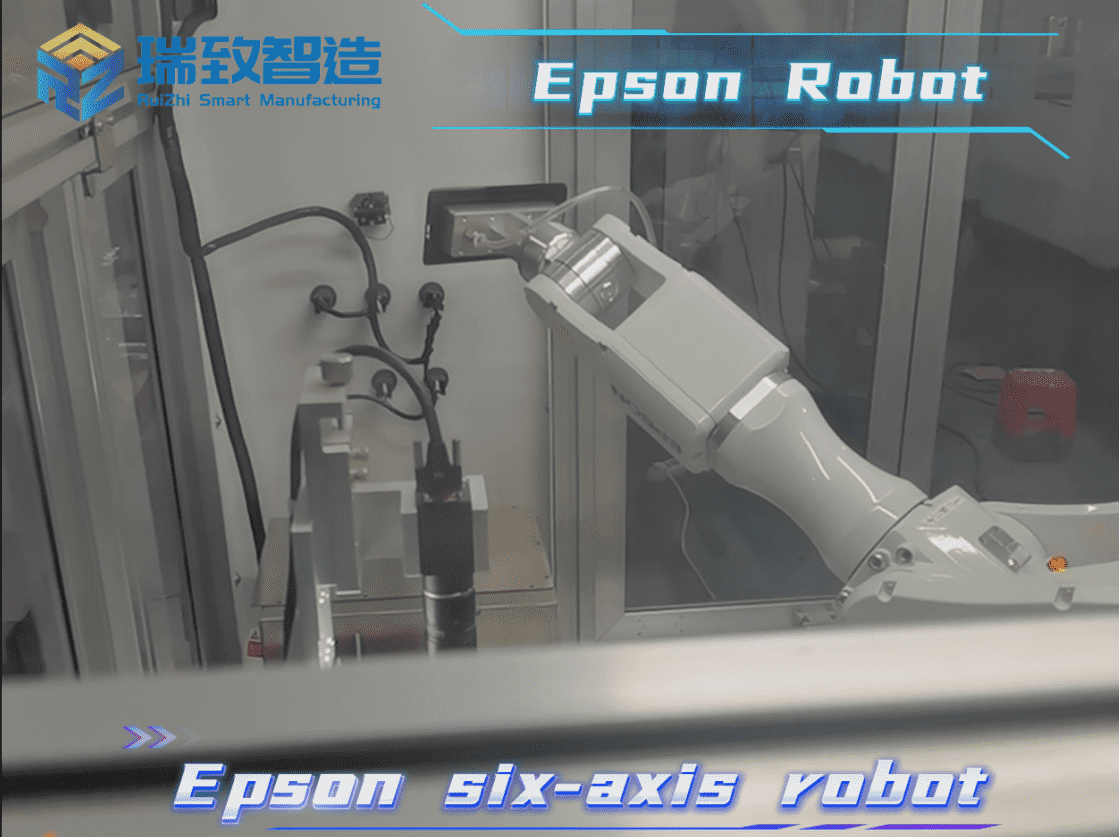
CNC Lathe Automatic LoadingUnloading System
The AI-optimized CNC Lathe Automatic Loading/Unloading System uses robotic arms for automated part handling with ±0.1mm accuracy and 24/7 unattended operation. It cuts manual loading time by 80-90%, boosts machine utilization by 40-60% via adaptive scheduling, and supports tool-less multi-spec changeovers in under 5 minutes. With collision-prevention safety features and real-time IoT monitoring, it minimizes downtime by 35%, reduces labor costs by 60-75%, and ensures high-precision, energy-efficient CNC lathe operations for Industry 4.0-ready productivity enhancement.
| Components Qty | 5 parts |
| Cycle Time | 3.0 sec/pc |
| Pneumatic Parts | SMC |
| OEE | 80% |
| First Pass Yield | 98% |
| Standard Parts Brand | Panasonic, Mitsubishi, SMC, Keyence, Omron |
| Requested Operators | 2 operators |
| Certificate | CE |
After the equipment has been assembled and debugged, we will select suitable packaging materials to properly protect the equipment. This will effectively safeguard it against impacts, moisture, and ensure it is firmly secured, guaranteeing that the equipment arrives at its destination intact.

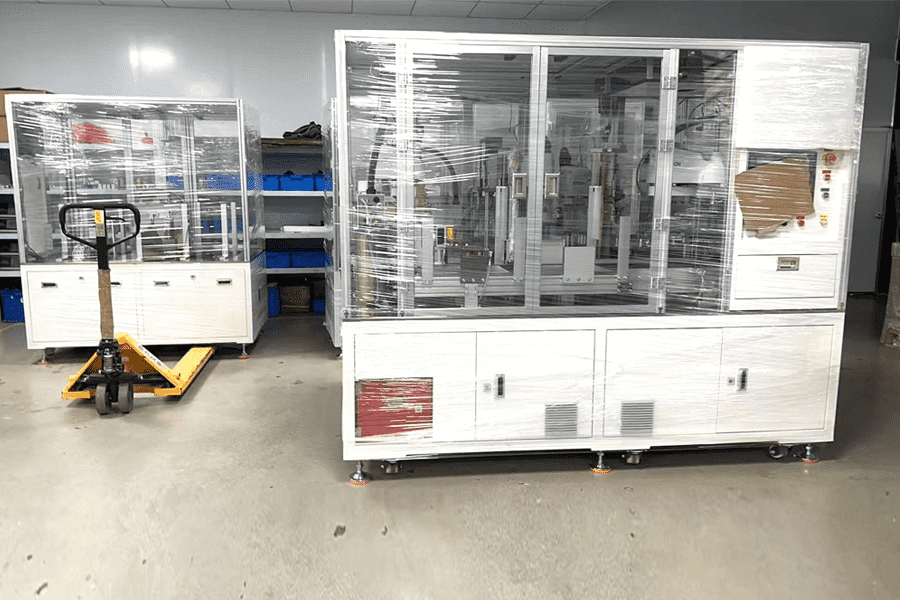
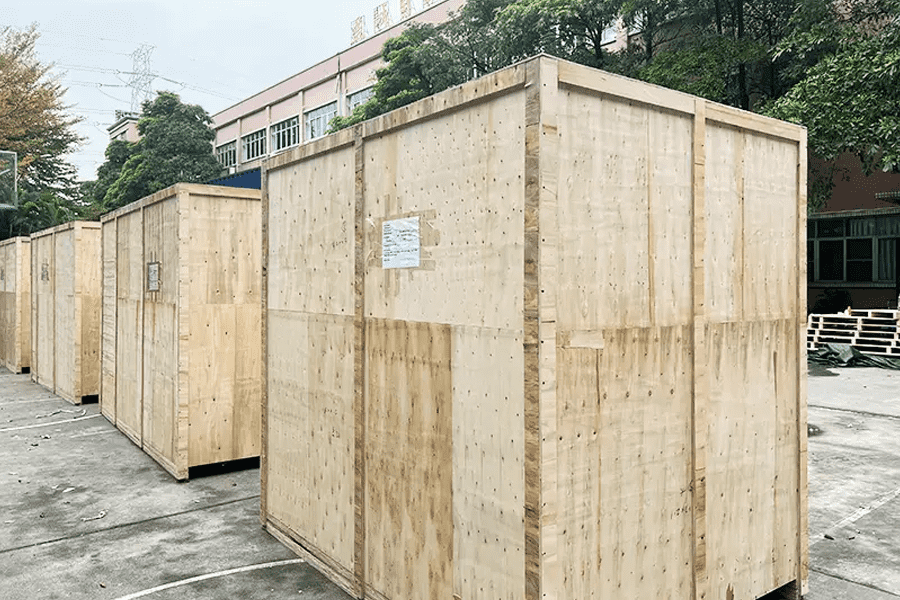
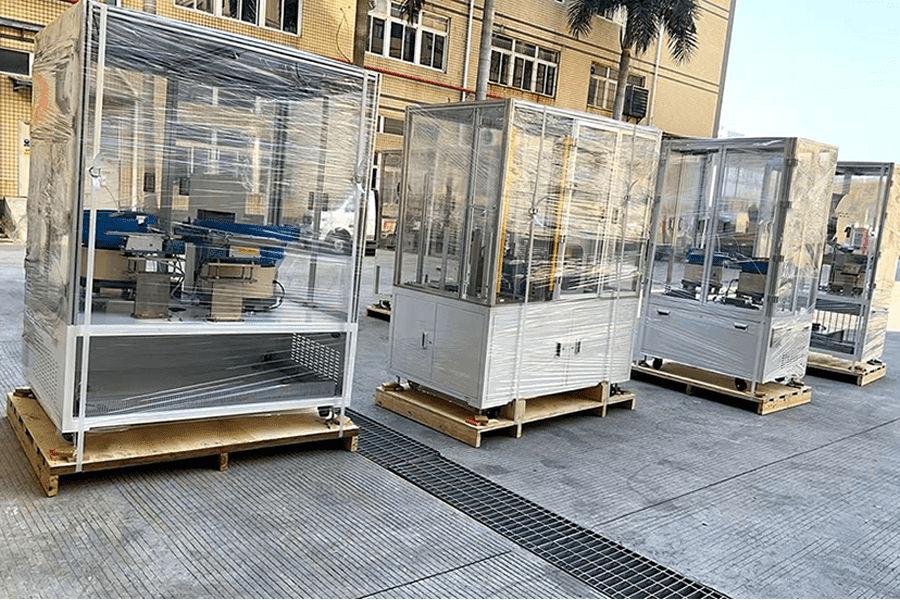
● On site installation, debugging, training and mass production follow up.
● 1 year Warranty from date of shipment, lifetime maintenance service.
● Respond to defects within 4 hours.
● 12 hours for overseas customers by telephone or mail.
● Supply remote services by smart glass, team viewer, Teams and camera.

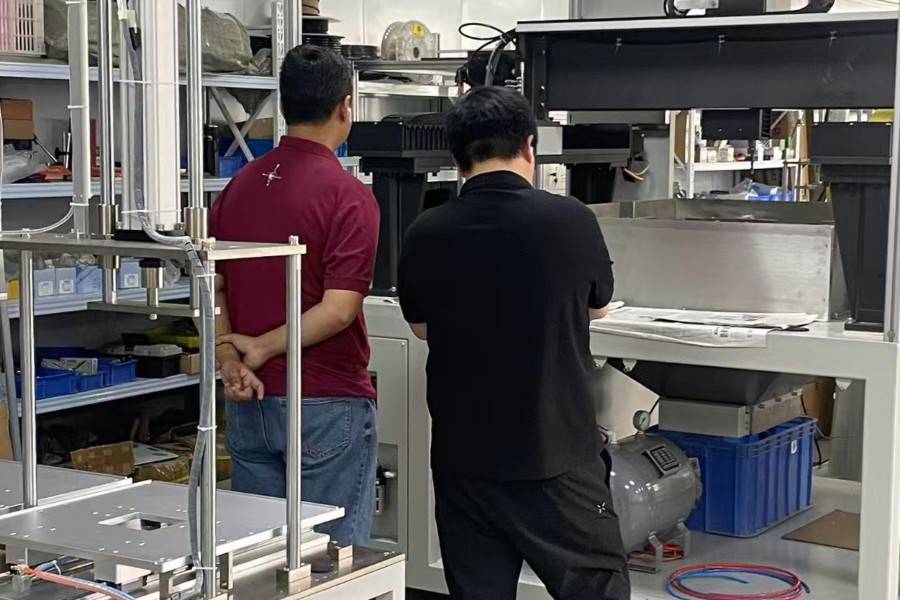
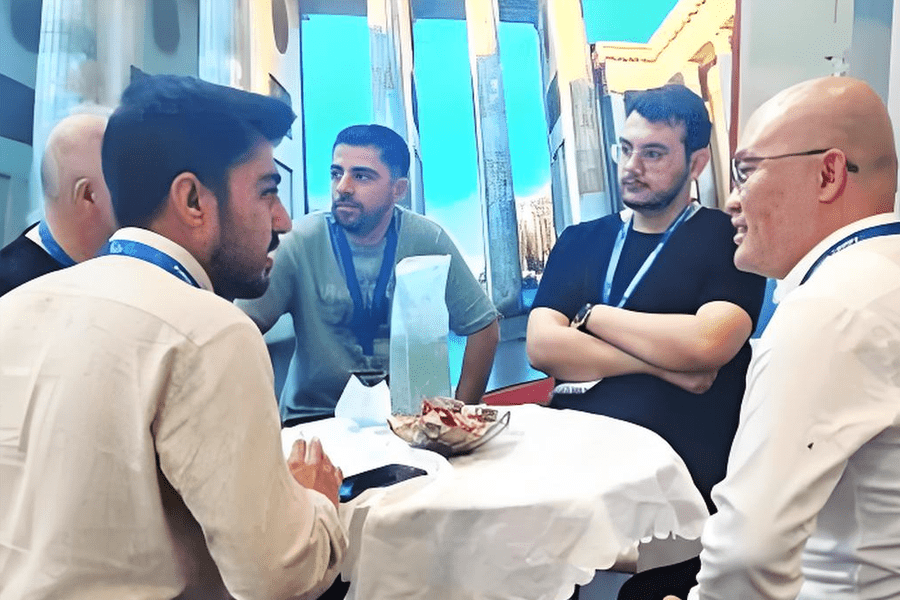
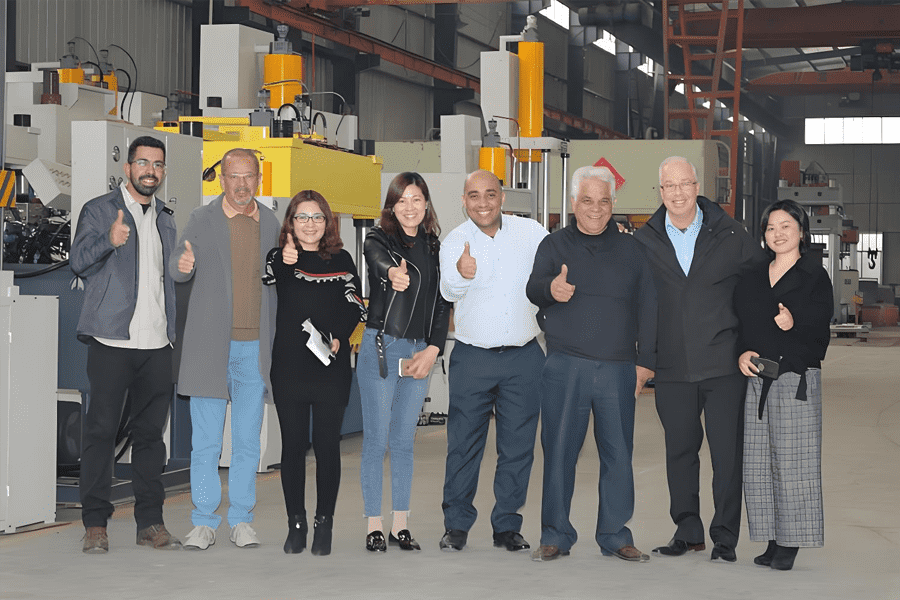
1. The technical training described below is free technical training, and no additional fees are charged. The technical training consists of the project’s on site general manager, mechanical engineer and electrical engineer, who are responsible for implementing the entire training plan.
2. The whole process of installation from the installation to the commissioning is carried out by the expert group and the production technology, equipment management and production operators designated by the customer. At the same time, the expert group is responsible for technical guidance to the customer’s technical staff throughout the implementation process. Training with technical points, including:
a. Equipment system principle and operation method, maintenance.
b. Equipment operation and debugging, parameter setting.
c. Operation and application of the software.
d. Operating procedures and precautions for the equipment.
e. Safety protection measures for various action agencies.
f. Maintenance of electrical systems and mechanical parts.
g. How to make correct judgment, analysis and how to troubleshoot when the equipment fails.
h. Solutions to possible dangerous situations.

